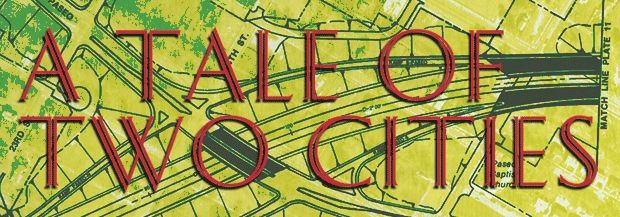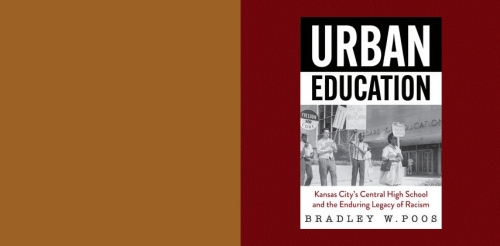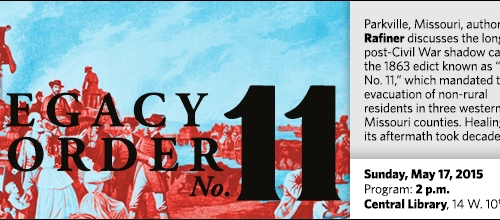All Library locations will be closing early Wednesday, November 26 at 5 p.m. and will reopen Saturday, November 29.
Efforts to combat blight and “renew” Kansas City, Kansas, and Kansas City, Missouri, took off after the end of World War II, but the results were mixed. Visionary ideas often came at the expense of established neighborhoods, architectural landmarks, and a sense of community. Adding to the difficulty, the two cities had been always tied at the hip. Although the interests of the bordering municipalities aligned, their municipal, county, and state political structures divided them. Marie-Alice L'Heureux tells this “tale of two cities,” how the urban renewal efforts undertaken in the 1950s and 1960s played out. She focuses on the ways federal programs removed “blight” but also transformed social and cultural relationships and the fabric of the Kansas City metro area.
A registered architect, Marie-Alice L'Heureux also holds a doctorate in architecture from the University of California, Berkeley. She teaches at the University of Kansas, School of Architecture, Design & Planning, where she is especially interested in the politics of the built environment.


